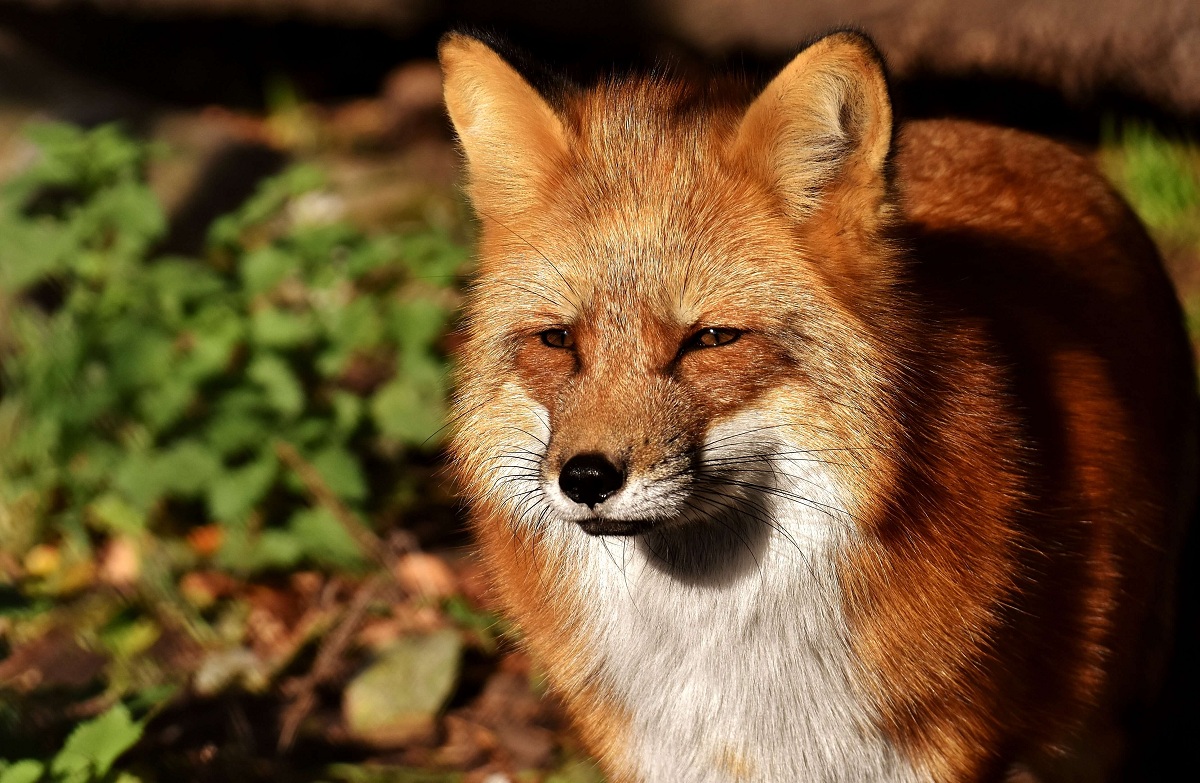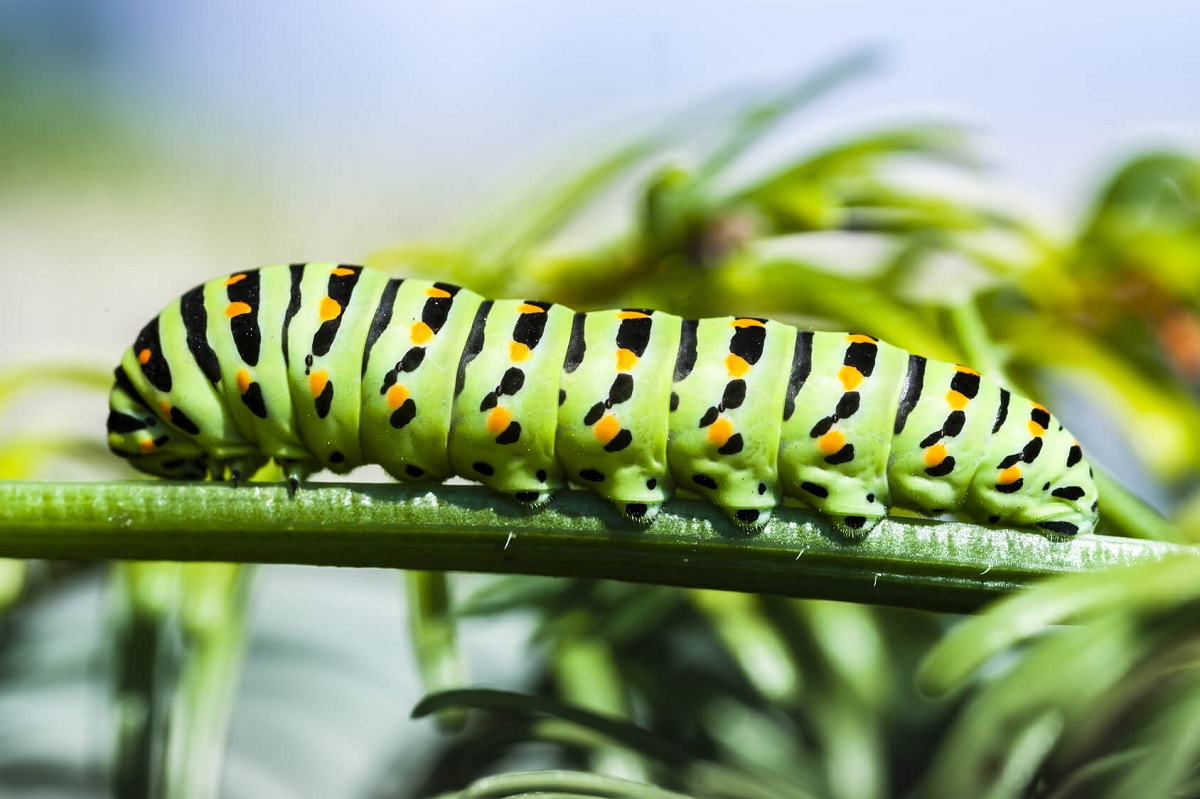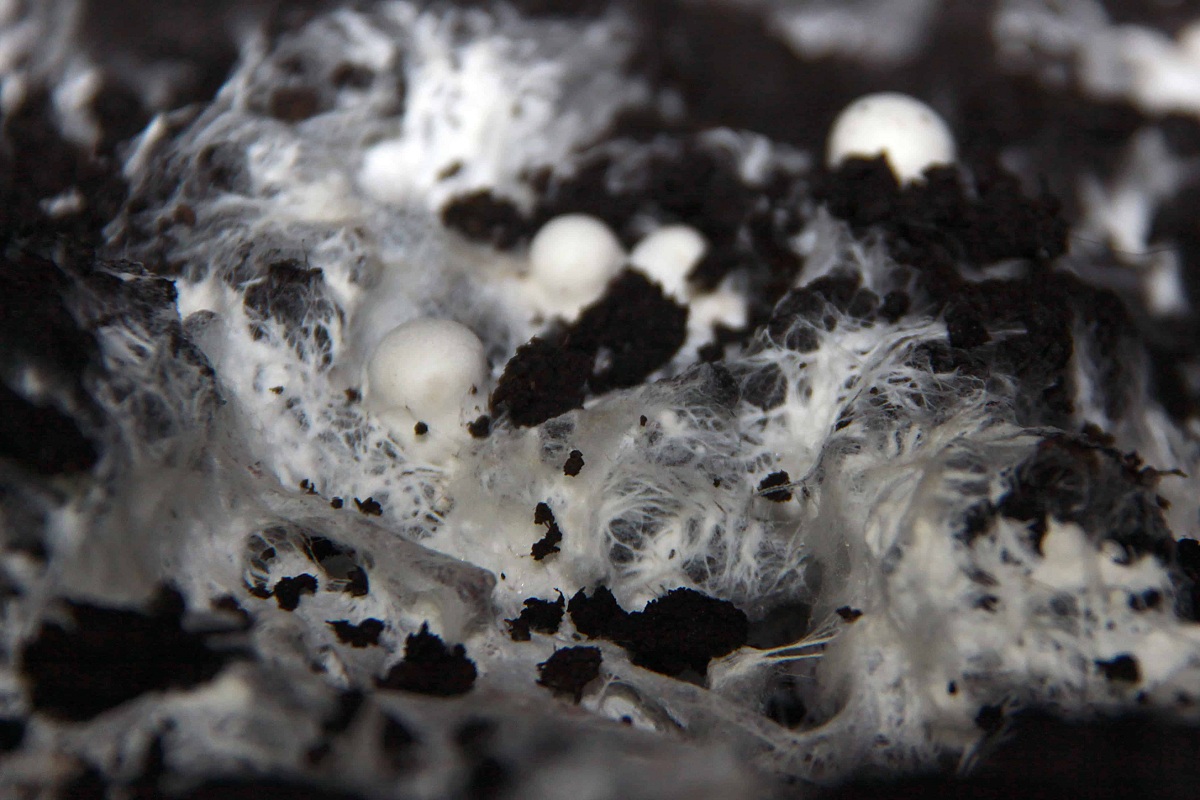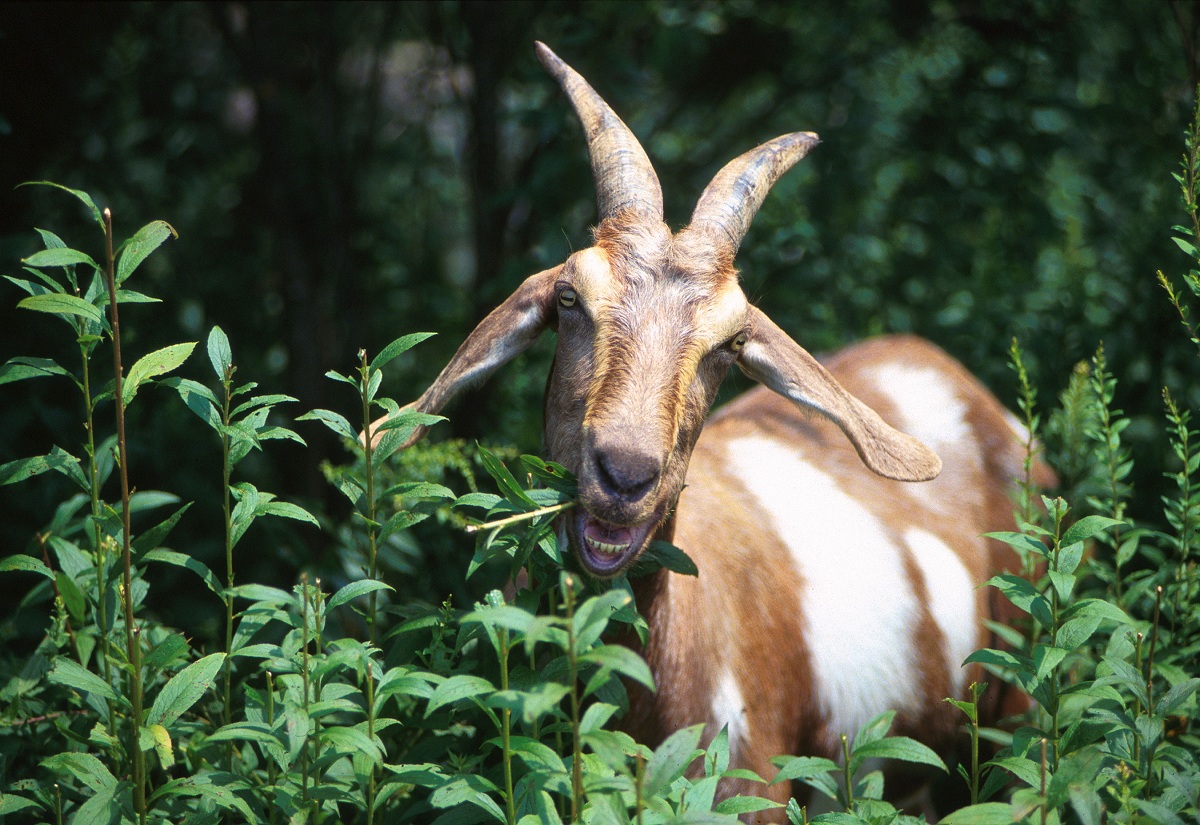
In nature and in ecosystems there are numerous types of organisms and classifications according to the type of food. One of them are the organisms heterotrophs. They are quite important organisms in the ecological balance and in the food chain. They are those that are not able to synthesize their own food and must feed on other living organisms.
In this article we are going to tell you everything you need to know about heterotrophic organisms, their characteristics and importance in ecosystems.
Heterotrophic organisms

In the field of biology, it is important to understand how different organisms feed themselves. Here is the study of metabolism, what are the processes and reactions that produce material transformation in the body. In the field of metabolism, when we refer to the way of obtaining nutrients, we can distinguish two main processes and ways of classifying living species; heterotrophic and autotrophic organisms. Together they constitute any habitat and ecosystem on earth in which all existing ones live.
Remember that we are studying the metabolic processes and important nutritional functions of life forms. We can find these life forms in different types of ecosystems, which require energy and fixed carbon to synthesize and form their cells. Heterotrophic organisms are those that cannot make their own food from carbon fixation. Thus, Their diet derives from the intake of nutrients from other sources of organic carbon such as plant matter and an animal.
The process of the nutrition of these organisms encompasses and represents all those living beings that incorporate organic matter already elaborated by other organisms. This makes them unable to form their own substance from simple inorganic substances. In fact, we can include almost all animals from mammals, fish and birds, although fungi, protozoa and most bacteria are also included in this group. You have to analyze the food chain to see where they are.
They are primary, secondary and tertiary consumers. By consuming reduced carbon compounds, these organisms they are able to use all the energy they consume for their growth and development. They also use it for some biological functions and for reproduction.
Classification of heterotrophic organisms

Let's see what the classification of these organisms:
- Saprobian organisms: They are the main agents of decomposition and recirculation of all organic matter present in the soil. They are responsible for absorbing the nutrients of those dead organisms either by excrement or any of its parts. Most bacteria, fungi, insects, worms, etc. They belong to this group.
- Detritivore organisms: are those that absorb nutrients from dead organisms, either by excrement or any of its parts. The difference of the saprobes is due to the fact that the incorporation of the nutrients is carried out by sucking, they need to gnaw or cut the nutritional material. Here we find beetles, worms, fly larvae, sea cucumbers, etc.
- Predatory organisms: are those that feed on the whole organism parts of the. Here we find lions, sharks, eagles, etc. They can be divided in turn into the following types: hunters: they are those who kill and capture their prey. Scavengers: they are responsible for eating living beings that have died naturally or have been marked by others. Parasites: are those that absorb nutrients from living hosts.
Heterotrophic organisms can also be divided depending on the type of diet they have:
- Omnivores: they are the consumers who feed on both plant and animal matter. Omnivores can eat almost anything, so they have less of a problem finding nutrients.
- Carnivores: they only eat meat. The energy is obtained through other organisms and uses the lipids that have been stored in your body.
- Herbivores: eat only plants and vegetation. They are the primary consumers in the food chain.
Food chain

We have mentioned the food chain before and it is of vital importance when classifying heterotrophic organisms. The trophic levels are based on the classification of organisms based on the origin of the matter in which they feed. They also depend on the habitat where they live. The main distribution depends on the tropic levels and takes into account the consumers. Let's see where the heterotrophic animals are found and their classification:
- Primary consumers: they are herbivorous animals that feed on an autotrophic organism.
- Secondary consumers: They are those carnivorous animals that are fed by a primary consumer.
- Degraders: They are also known by the name of decomposers and are responsible for feeding on dead matter. They include saprophagi and saprophytes.
Importance in ecosystems
As we mentioned at the beginning of the article, heterotrophic organisms are of great importance in ecosystems. They are what make the planet extremely varied and that important species biodiversity can exist in different ecosystems and natural habitats. They are part of the food chain and they act in the exchange of organic matter and energy.
Its feeding takes place when the cell is consuming the organic matter that is already formed. However, it allows the transformation of food into its own cellular matter. They are organisms that obtain food from the incorporation of other living beings, their dead parts or their excrement. This all depends on the previous classification that we have seen.
From there we can classify various types of nutrition:
- Holozoic nutrition: It is one that is nurtured by capturing my direct management of other forms of life. For example, humans, tigers, eagles and lions have holozoic nutrition.
- Saprophytic nutrition: are those organisms that are responsible for feeding on decomposing organic matter. Here we find the group of mushrooms, bacteria, larvae, etc.
- Parasitic nutrition: It is known by the name of parasitism and they are those that obtain their food through other living beings.
As you can see, heterotrophic organisms have an important role in the ecosystem. I hope that with this information you can learn more about heterotrophs and their characteristics.